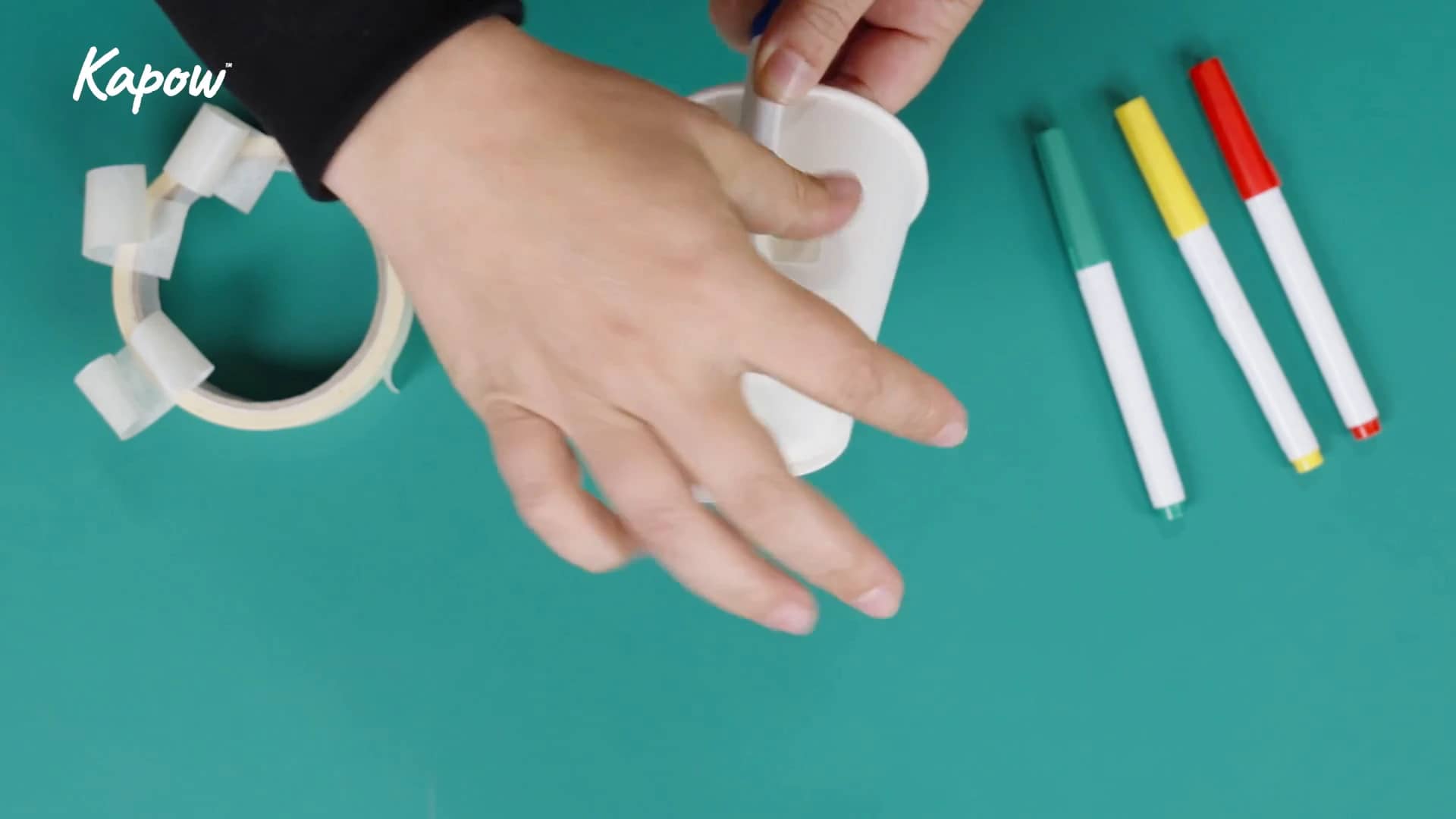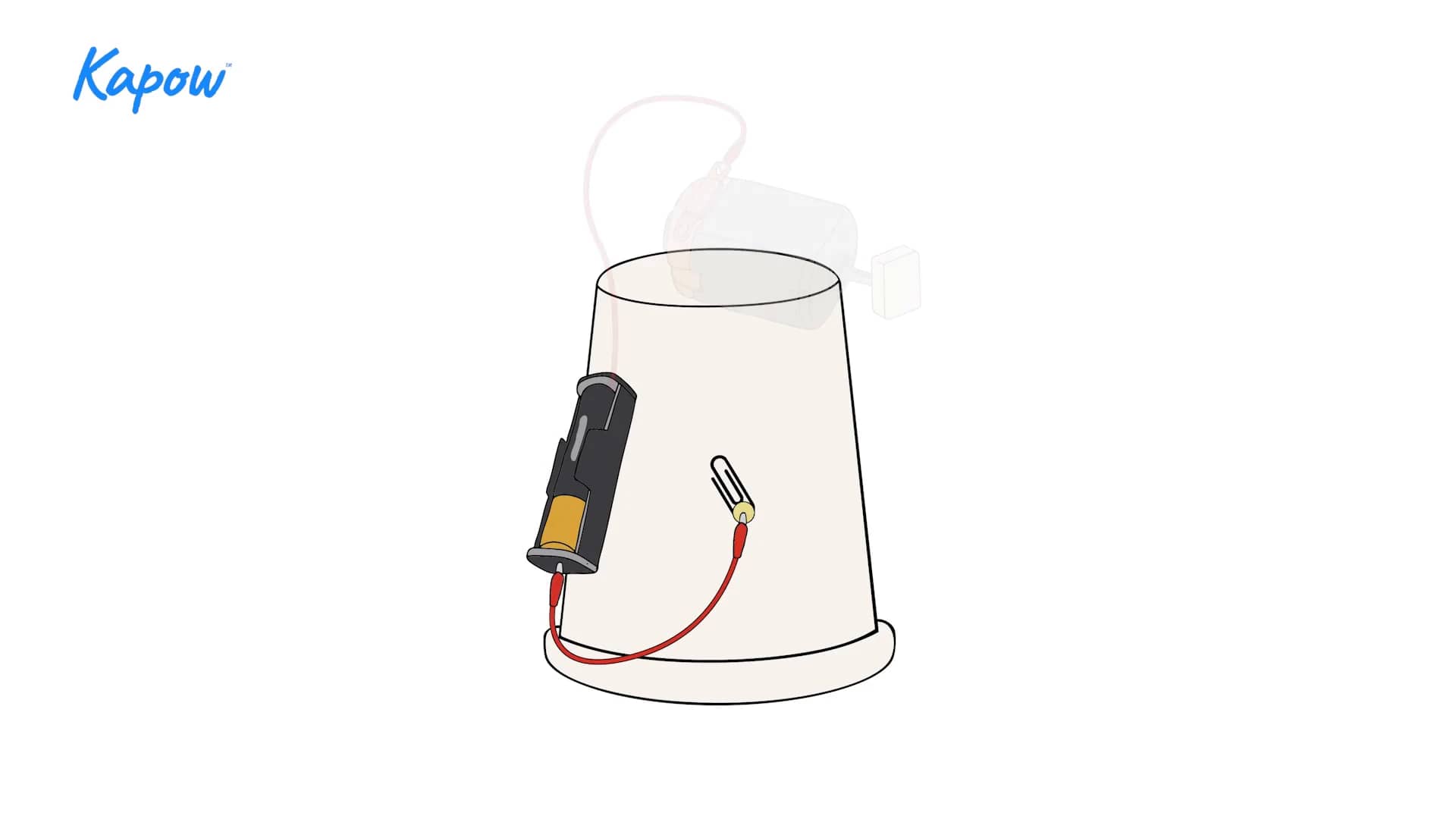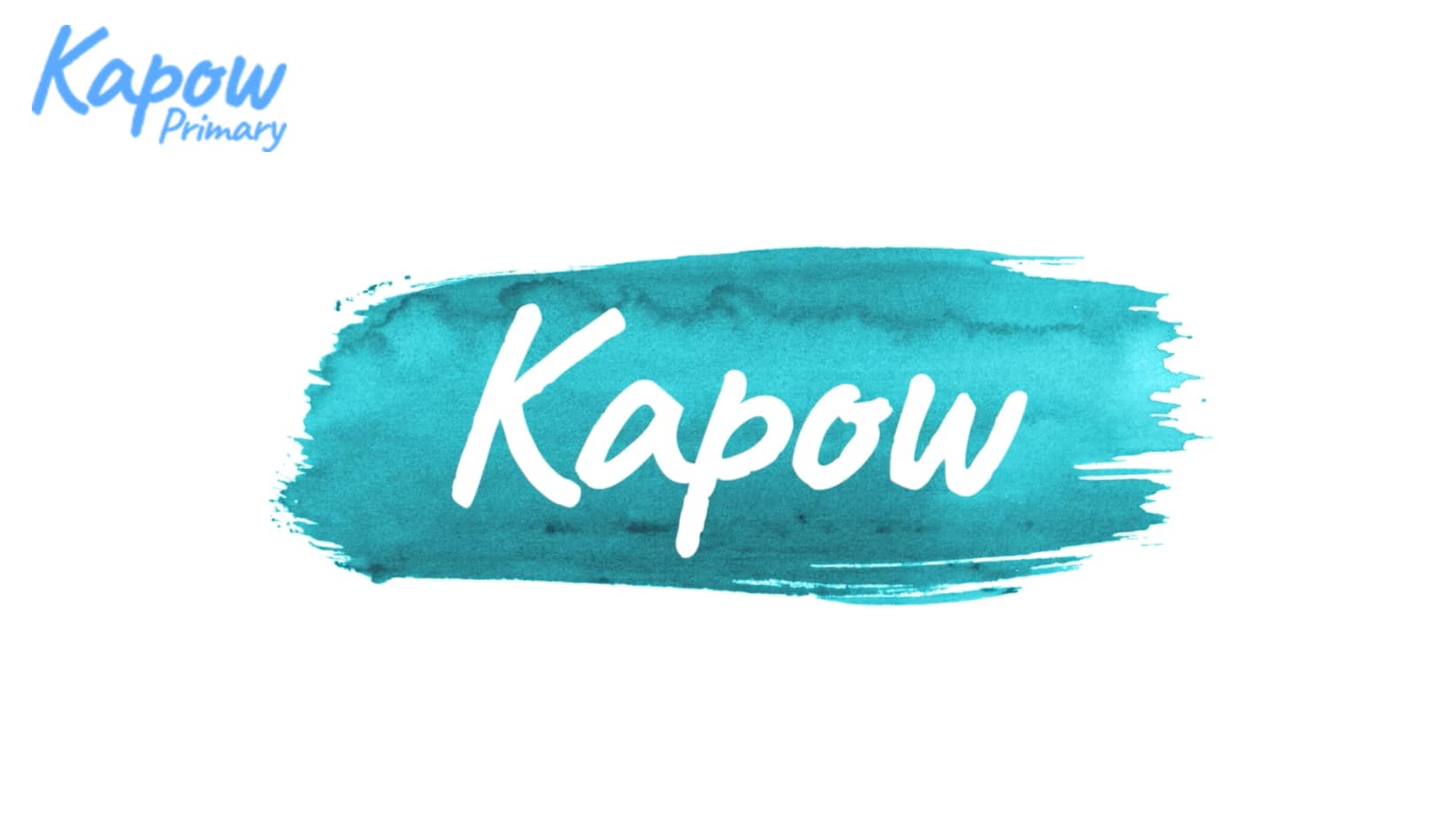This video inspires pupils when designing wobble bots by showing various possible products with different shapes, movements and designs.
year: Year 5
Pupil video: Making a Kapow Doodler
This video shows pupils how to make a Kapow Doodler from a paper cup, pens and an electrical circuit, including a motor with an off-centre weight. When switched on, the Doodler wobbles around and draws patterns.
Pupil video: Motorised products
This video introduces pupils to motors as an electrical component and some everyday products that use motors to create movement in different ways, such as fans, windscreen wipers and electric toothbrushes.
Pupil video: Doodler in motion
Video showing the Kapow Doodler being connected and in motion as it wobbles around on a page drawing patterns and circles.
Teacher video: Meet the Kapow Doodlers
This video shows teachers how to make a Kapow Doodler from a paper cup, pens and an electrical circuit, including a motor with an off-centre weight. When switched on, the Doodler wobbles around and draws patterns.
Teacher video: Á Table
This French scheme of work video introduces teachers to the skills needed to help Key stage 2 pupils become language detectives when working with authentic French texts.
Teacher video: Action!
This French scheme of work video introduces teachers to the skills needed to help Key stage 2 pupils recognise, group and use French verbs.
Teacher video: Ma famille extraordinaire!
This French scheme of work video introduces teachers to the skills needed to help Key stage 2 pupils bring together vocabulary and structures to write about family members.
Teacher video: What do they like?
This French scheme of work video introduces teachers to the skills needed to help Key stage 2 pupils express simple opinions about their own and their family members.








